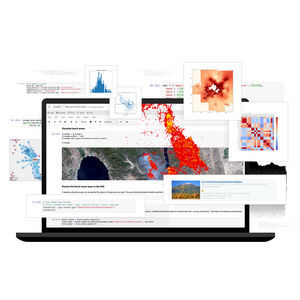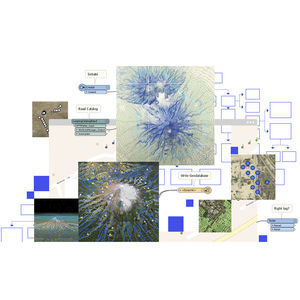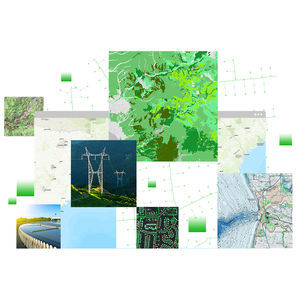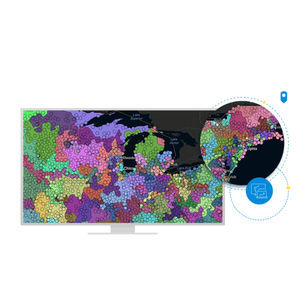
- Software - Simulation
- Software
- Administration software
- ENVIRONMENTAL SYSTEMS RESEARCH INSTITUTE, INC.
Reporting software ArcGISdata managementadministrationanalysis
Add to favorites
Compare this product
fo_shop_gate_exact_title
Characteristics
- Function
- reporting, data management, administration, analysis, monitoring
- Applications
- for aeronautics, for airport
- Type
- 3D, 2D
Description
ArcGIS Aviation Airports leverages ArcGIS to provide the foundation for building smart airports and supporting airport geographic information system (GIS) compliance. Its tools and data model deliver the framework for building and maintaining authoritative datasets of airport infrastructure and integrating these assets with your enterprise GIS.
Aviation Airports allows you to reduce obstruction risk and manage airfield operations while streamlining regulatory reporting. You can manage Electronic Terrain and Obstacle Data (eTOD) and create 3D surfaces for airport obstacle analysis. Aviation Airports also allows you to create and manage signs and markings and compare them with reference data to ensure safe operations. Stakeholders can make better-informed decisions using airport basemaps, 3D visualizations, and operations support content.
Guarantee operational safety for the public, employees, and contractors by leveraging GIS for your airport operations and ensuring the airport airspace is free of potentially hazardous obstacles. Rely on accurate analysis to make critical decisions for airfield airspace management activities such as monitoring restricted zones.
Use out-of-the-box tools to comply with US, international, and other regional/state regulations, including CFR Part 77; Federal Aviation Administration (FAA) 2C, 13A, and 18B; International Civil Aviation Organization (ICAO) Annex 4, 14, and 15; and ICAO EUR-DOC 15. Take advantage of preconfigured data checks developed from FAA 18B, Aerodrome Mapping Database (AMDB), and Electronic Terrain and Obstacle Data (eTOD) specifications.
Grow your organization strategically and sustainably with GIS.
Catalogs
ArcGIS Aviation Airports
2 Pages
Other ENVIRONMENTAL SYSTEMS RESEARCH INSTITUTE, INC. products
Products
Related Searches
- Esri aeronautic software
- Real-time software
- Airport software
- Process software
- Maintenance software
- 3D software
- Online software
- Tracking software
- 2D software
- Web-based software
- Mapping software
- Server software
- Collaborative software
- Image analysis software
- GPS software
- Flight analysis software
- Interoperability software
- LIDAR software
- Administration software
- Advertising software
*Prices are pre-tax. They exclude delivery charges and customs duties and do not include additional charges for installation or activation options. Prices are indicative only and may vary by country, with changes to the cost of raw materials and exchange rates.



















